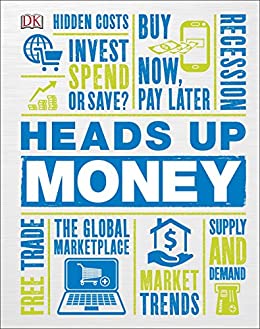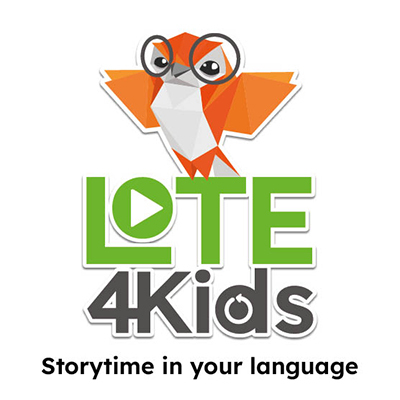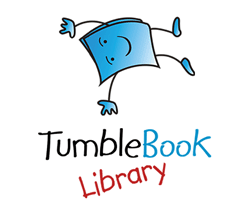Did you know that August 8th is National Dollar Day? On this day, way back in 1786, the United States Congress established our country’s first monetary system. Despite this, conducting financial business was often surprisingly chaotic up until fairly recently in our history. A confusing variety of certificates, state-issued bank notes and gold, and silver coins were used all the way up until 1913, when Congress established the Federal Reserve, and the coins and bills we know today finally came into use.

For better or worse, the world today seems to revolve around money. It’s challenging enough for grown-ups to make sense of it all, and when it comes to raising a new generation of financially literate kids, parents, teachers and caregivers often feel woefully underprepared. With the right tools at your disposal, talking to kids about money doesn’t have to feel embarrassing or overwhelming. To that end, I’ve set out in search of our best fact and fun-filled money books for every kind of kid, from little coin collectors to future economists!
Books for Little Ones
What better place to start talking about money than with the humble penny? “One Proud Penny” by Randy Siegel tells the autobiographical story of a simple cent. From its “birth” at the U.S. Mint in Philadelphia to pockets and change jars, vacuum cleaners and sewer drains all across America, this little penny has certainly seen a lot in its over 25 years! “I don’t get much action anymore,” the penny laments. “Most things in life have gotten more expensive while I remain just one cent.” This sad fact will certainly resonate with young readers who may have experienced their first sticker shock upon being told that their pocket change won’t cover the cost of a single piece of candy in the grocery store check-out line. Prepare for a healthy debate about the usefulness of pennies in today’s world! Alternatively, this story may just encourage some serious penny hunting; after all, it *only* takes a hundred serendipitous penny sightings to finally afford that pack of gum!
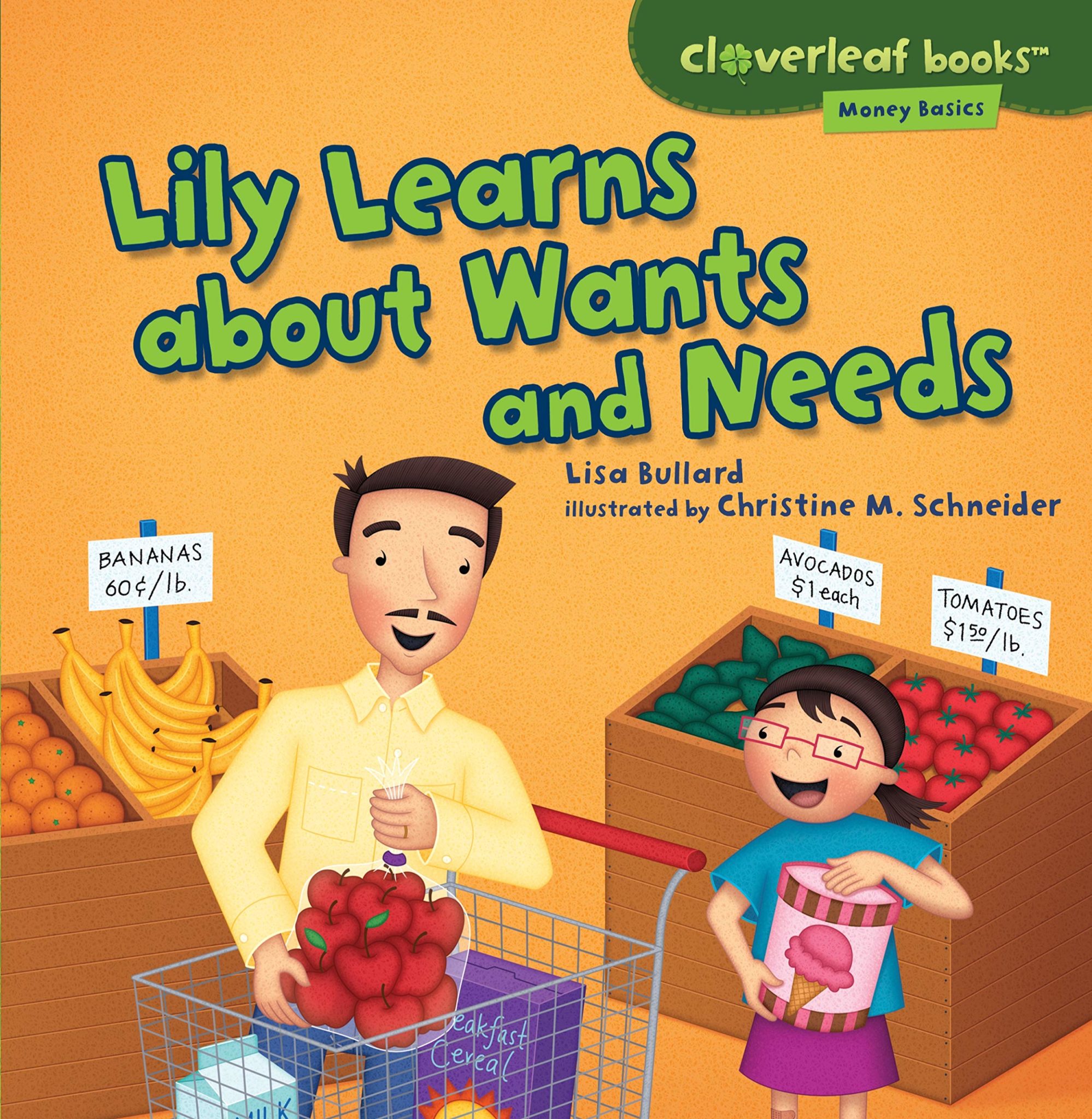 Differentiating between wants and needs is an essential early financial literacy skill, and “Lily Learns About Wants and Needs” by Lisa Bullard is an easy introduction to the concept. Lily and her dad spend a day running errands together and discuss the ongoing question of wants versus needs. Lily’s dad helps her find free alternatives to her wants, keep an eye out for deals on her needs and recognize when it’s okay to indulge in a treat. Once she’s mastered these skills, Lily even takes to the family grocery list to politely call out her dad for indulging his own wants! In my search for books on this topic, I came across many stories that felt a little out-of-touch with the way a lot of us live these days. If you’re looking for an option that normalizes living on a tighter budget, this would be my pick!
Differentiating between wants and needs is an essential early financial literacy skill, and “Lily Learns About Wants and Needs” by Lisa Bullard is an easy introduction to the concept. Lily and her dad spend a day running errands together and discuss the ongoing question of wants versus needs. Lily’s dad helps her find free alternatives to her wants, keep an eye out for deals on her needs and recognize when it’s okay to indulge in a treat. Once she’s mastered these skills, Lily even takes to the family grocery list to politely call out her dad for indulging his own wants! In my search for books on this topic, I came across many stories that felt a little out-of-touch with the way a lot of us live these days. If you’re looking for an option that normalizes living on a tighter budget, this would be my pick!
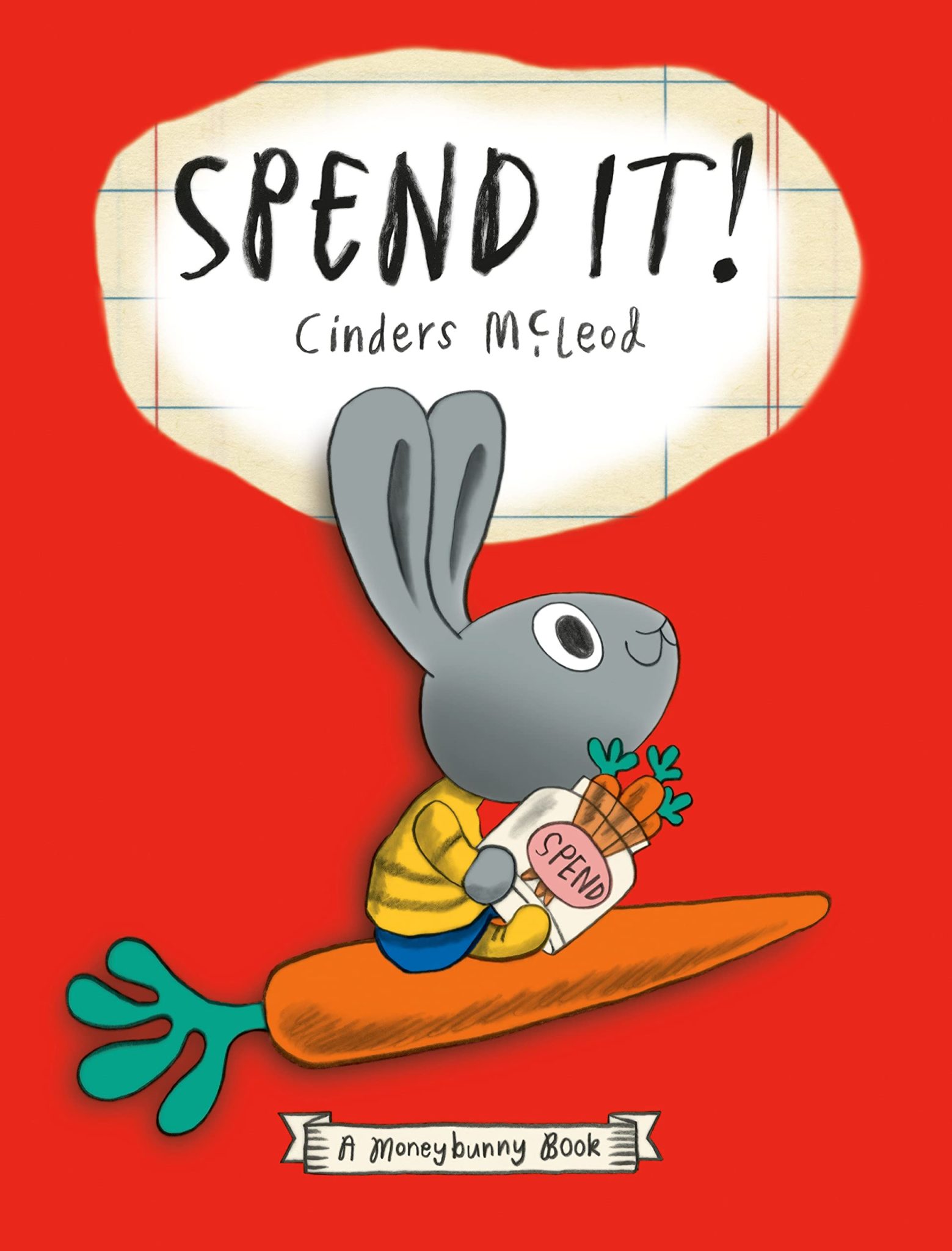 When kids have some extra spending money burning a hole in their pocket, it can feel like the entire world is at their fingertips! But learning how much things truly cost can be a real bummer. In “Spend It!” by Cinders McLeod, Sonny the rabbit has three carrots in his “spend” jar, but he finds it hard to understand that he can’t afford a toy rocket, a pogo stick AND a giant bouncy castle! His mom offers some words of wisdom: “Making a choice helps you see what’s really important to you.” Ruling out a potential purchase based on affordability is much easier than evaluating the value it would hold for you, but that’s exactly what Sonny learns to do. Helpful carrot charts demonstrate his thought process while bouncy bunny drawings inject some much-needed fun into a difficult topic. Other Moneybunny books in our collection include “Save It!” and “Earn It!”
When kids have some extra spending money burning a hole in their pocket, it can feel like the entire world is at their fingertips! But learning how much things truly cost can be a real bummer. In “Spend It!” by Cinders McLeod, Sonny the rabbit has three carrots in his “spend” jar, but he finds it hard to understand that he can’t afford a toy rocket, a pogo stick AND a giant bouncy castle! His mom offers some words of wisdom: “Making a choice helps you see what’s really important to you.” Ruling out a potential purchase based on affordability is much easier than evaluating the value it would hold for you, but that’s exactly what Sonny learns to do. Helpful carrot charts demonstrate his thought process while bouncy bunny drawings inject some much-needed fun into a difficult topic. Other Moneybunny books in our collection include “Save It!” and “Earn It!”
Books for Older Kids
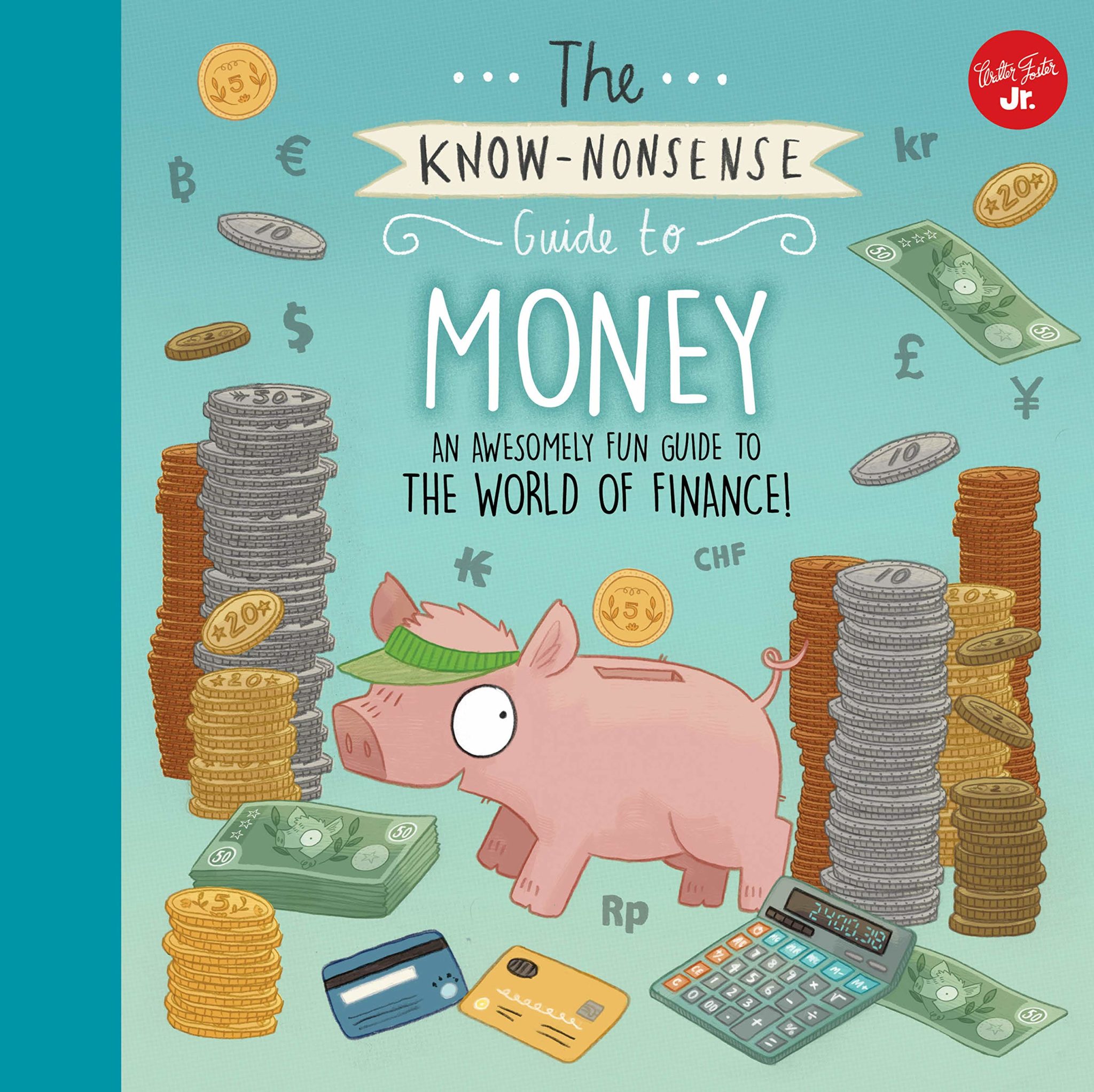 “The Know-Nonsense Guide to Money” by Heidi Fiedler works as a sort of an illustrated encyclopedia for introducing kids to finance. This surprisingly comprehensive little book covers one topic on each spread in snappy, sometimes silly but always educational prose. The bright illustrations are filled with informative details, like a chart showing conversion rates at an airport exchange counter or a donut shop ledger illustrating profit and loss. Complicated concepts like investing, taxes and even cryptocurrency are broken down into easily-digestible explanations (so easy, even a children’s librarian can do it!). With full-page illustrations, large text and accessible explanations, this one is perfect for school-age kids to browse on their own or to use as a jumping-off point for more in-depth, guided money discussions.
“The Know-Nonsense Guide to Money” by Heidi Fiedler works as a sort of an illustrated encyclopedia for introducing kids to finance. This surprisingly comprehensive little book covers one topic on each spread in snappy, sometimes silly but always educational prose. The bright illustrations are filled with informative details, like a chart showing conversion rates at an airport exchange counter or a donut shop ledger illustrating profit and loss. Complicated concepts like investing, taxes and even cryptocurrency are broken down into easily-digestible explanations (so easy, even a children’s librarian can do it!). With full-page illustrations, large text and accessible explanations, this one is perfect for school-age kids to browse on their own or to use as a jumping-off point for more in-depth, guided money discussions.
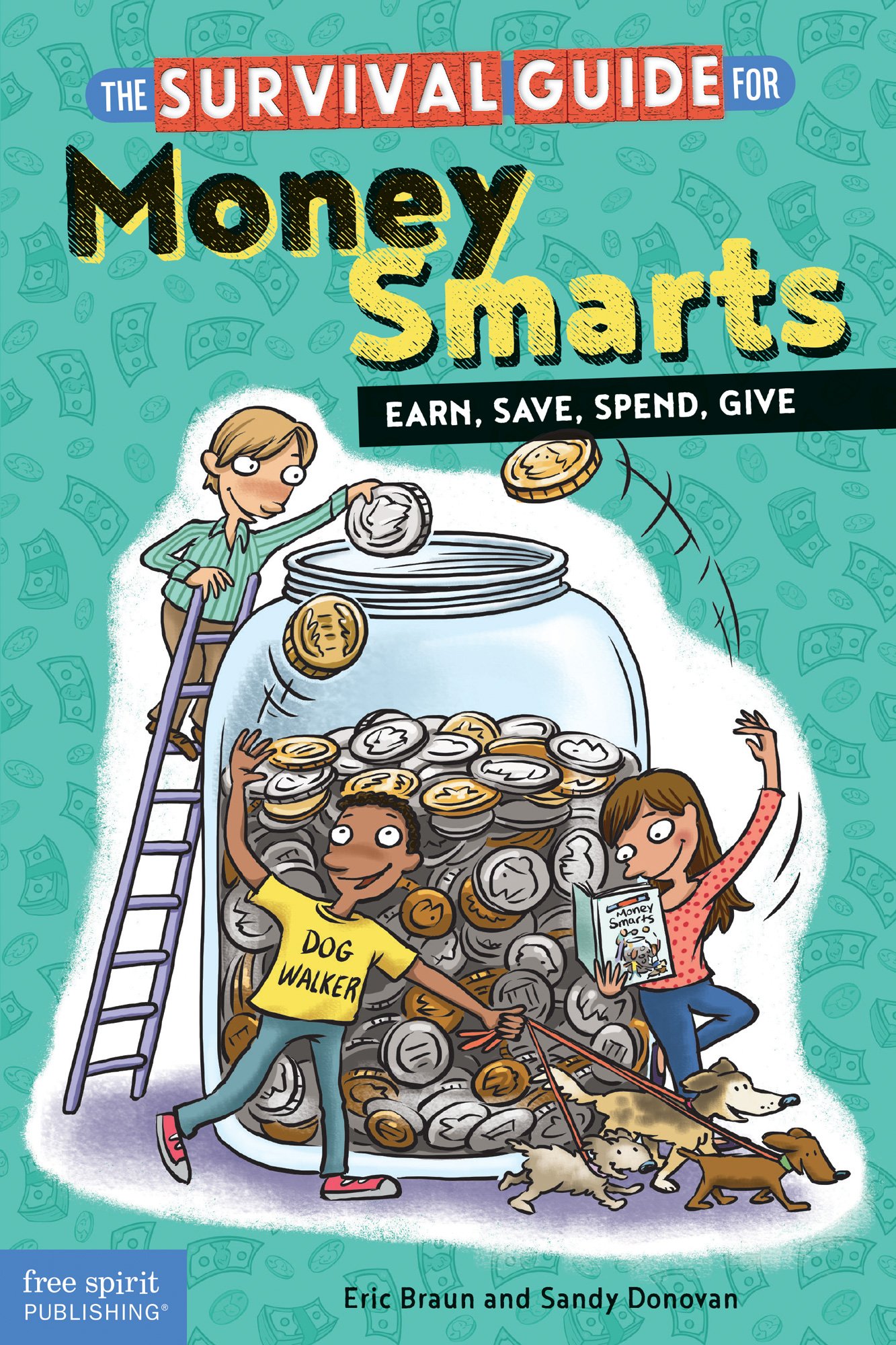 Every family’s approach to money is different, and “The Survival Guide for Money Smarts” by Eric Braun and Sandy Donovan does an excellent job of keeping this in mind. Like most money books for kids, this pick includes detailed conversation starters and polite negotiation tips for talking to parents and caregivers about allowance, safely starting a business and other money issues. But every step of the way, readers are reminded that these decisions are ultimately up to the adults in their lives. Charts for budgeting and prioritizing both short and long-term money goals are an especially awesome resource in this book. The authors also discuss the pitfalls of advertising and avoiding “sneak-attack” spending like snack food and in-app purchases. Finally, I really appreciated the emphasis on more big-picture money responsibility. Sections on becoming a more mindful consumer, researching corporate responsibility and making smart donation choices drive this point home with a strong call to action!
Every family’s approach to money is different, and “The Survival Guide for Money Smarts” by Eric Braun and Sandy Donovan does an excellent job of keeping this in mind. Like most money books for kids, this pick includes detailed conversation starters and polite negotiation tips for talking to parents and caregivers about allowance, safely starting a business and other money issues. But every step of the way, readers are reminded that these decisions are ultimately up to the adults in their lives. Charts for budgeting and prioritizing both short and long-term money goals are an especially awesome resource in this book. The authors also discuss the pitfalls of advertising and avoiding “sneak-attack” spending like snack food and in-app purchases. Finally, I really appreciated the emphasis on more big-picture money responsibility. Sections on becoming a more mindful consumer, researching corporate responsibility and making smart donation choices drive this point home with a strong call to action!
“Heads Up Money” by Marcus Weeks is an awesome option for middle schoolers or even high schoolers who have taken a special interest in finance, entrepreneurship or investing. Each spread on a given topic is chock-full of eye-catching infographics, historical fun facts and wise words from influential figures in the field. Details on frequently-discussed by often little-understood topics like cryptocurrency and inflation are explained in simple language without losing nuance or depth. Budding economists will even learn the basics of economic theories developed by big names like Adam Smith and John Maynard Keynes. Some of the details might go over some kids’ heads, but for the right tween or teen, this in-depth exploration on all things money will be right on track.

